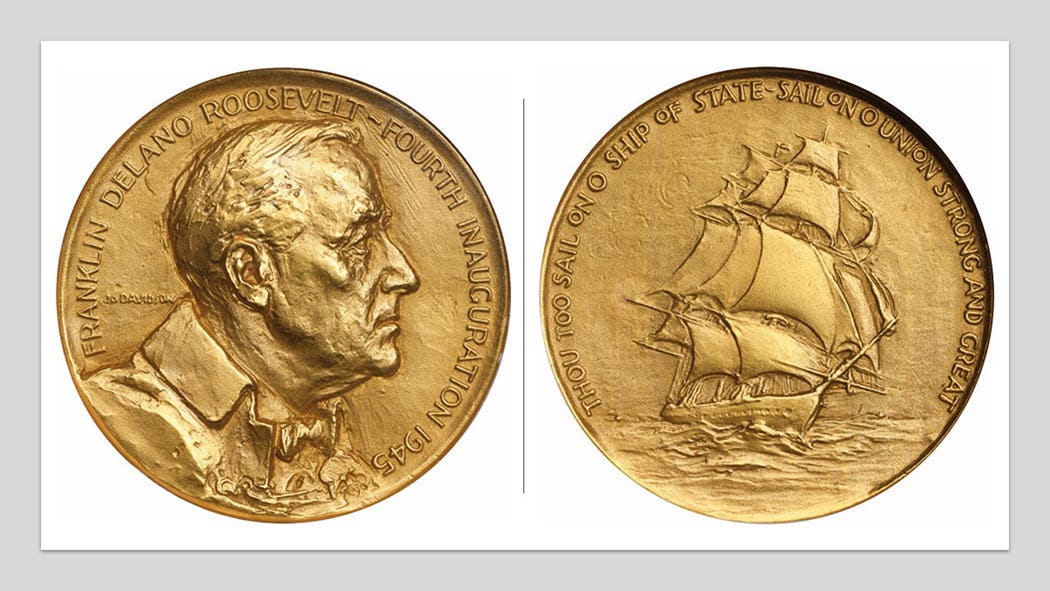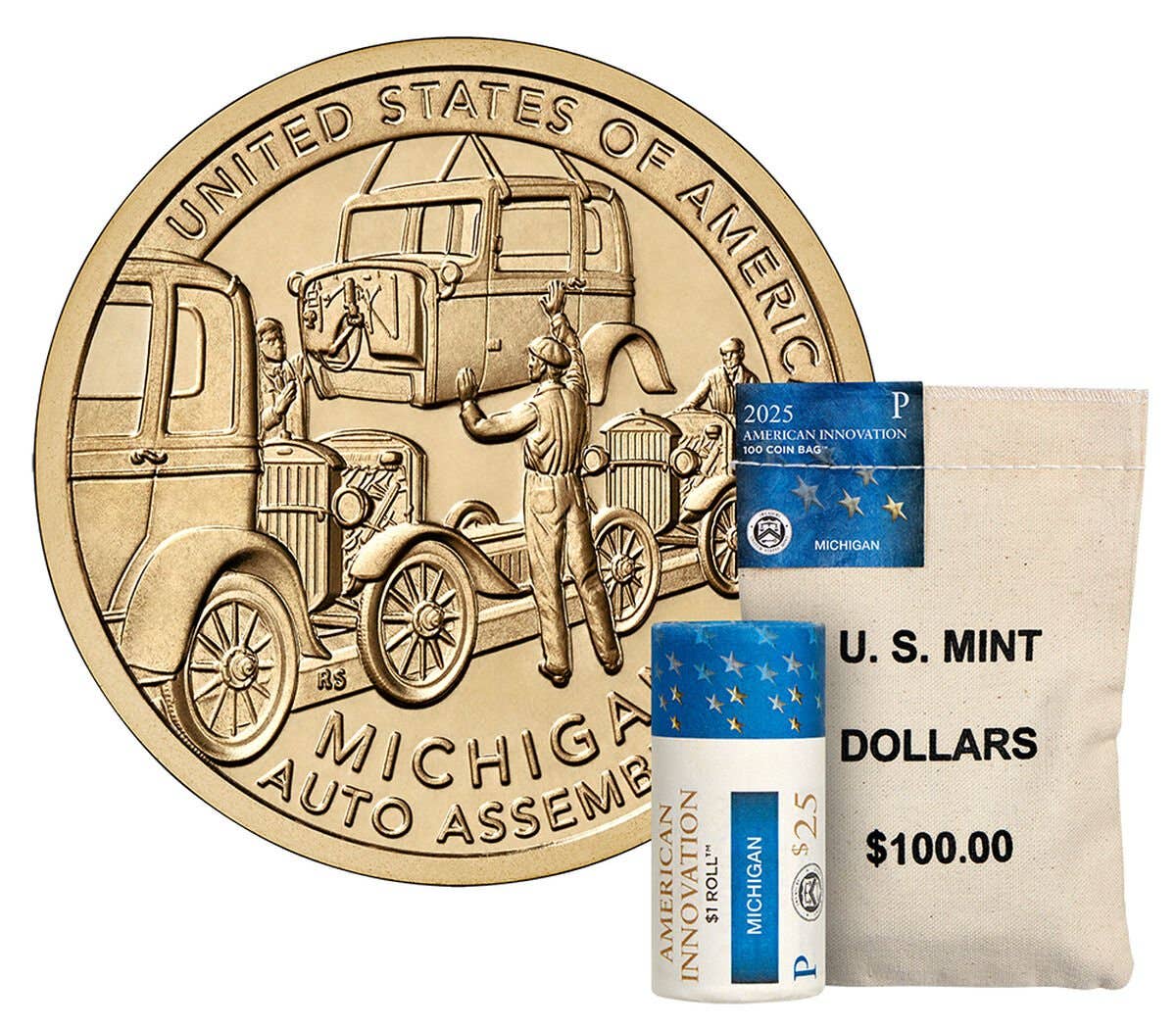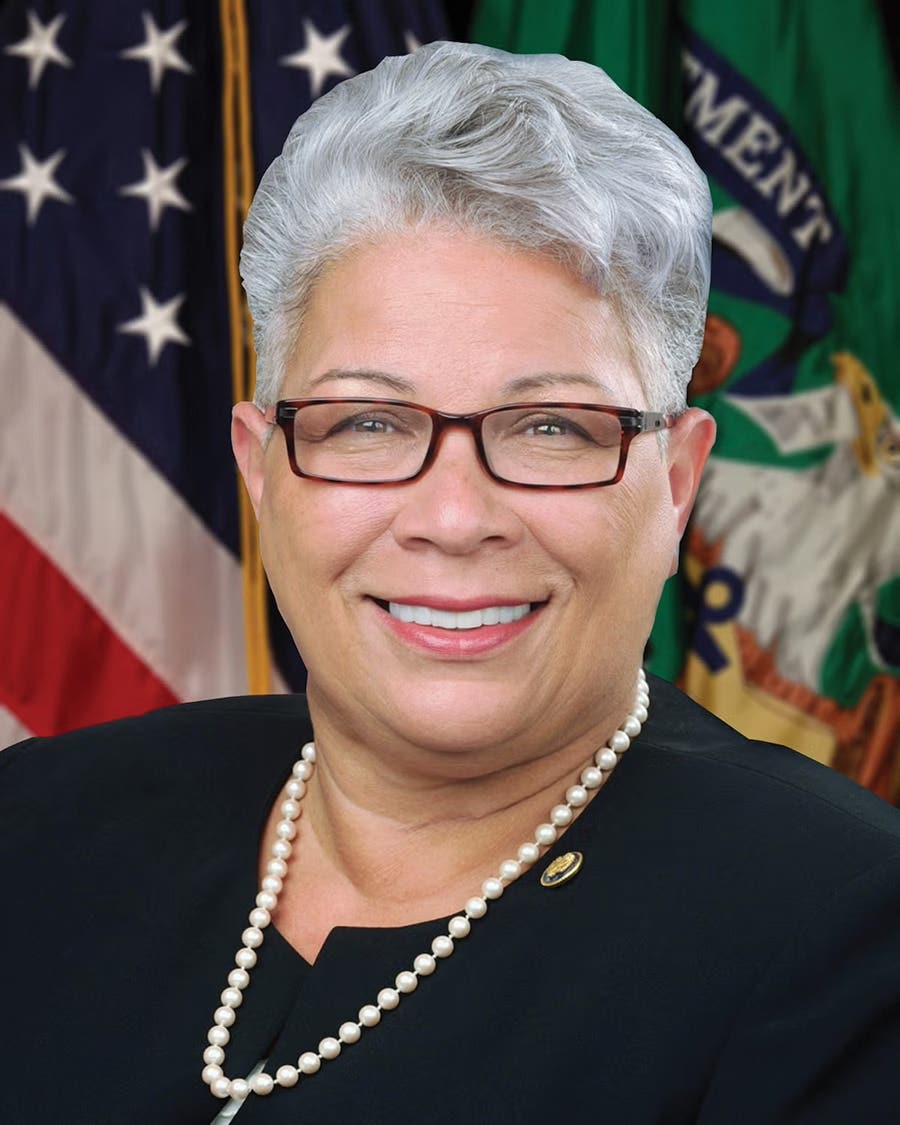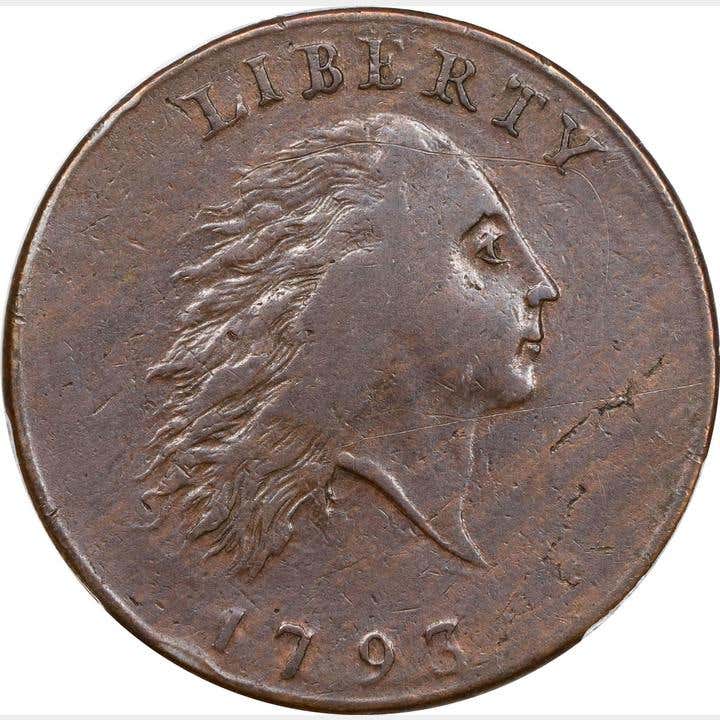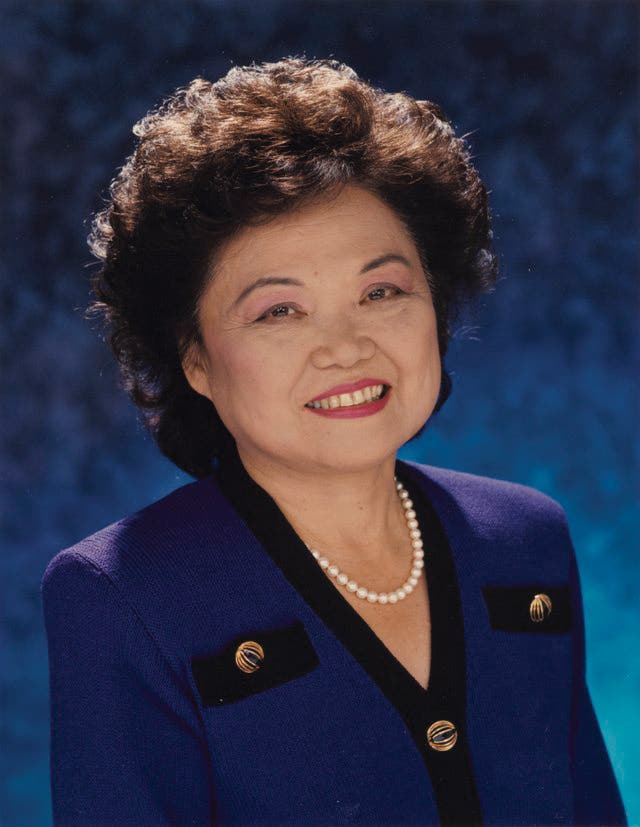My Brushes with Numismatic History, Part I
I have been a numismatic collector since 1964 and a dealer since 1981. Over the years, I’ve had a few opportunities to change the future of numismatics. My most significant…
I have been a numismatic collector since 1964 and a dealer since 1981. Over the years, I’ve had a few opportunities to change the future of numismatics.
My most significant influence involved the work for determining the design of the 2004 Michigan Statehood quarter. I had talked with a handful of dealer friends who participated in the process of selecting the designs of earlier issues in the series and of attending the subsequent first strike ceremonies at the U.S. Mint in Philadelphia and public release ceremonies. For the collector in me, those experiences sounded like a lot of fun. In each state, the governor appointed a committee to recommend designs for the governor to submit to the Mint.
Steve Bieda, the designer of the reverse of the 1992 Olympic half dollar, was a Michigan state representative in the early years of this century. He supplied me the address to which I sent my resume to volunteer to work on candidate designs for the forthcoming 2004 Michigan Statehood quarter. In my application I noted that I was already working as the chair of the Michigan State Numismatic Society committee seeking public input on possible designs for that coin.
To my delight, I was one of 25 people the governor appointed to the Michigan Quarter Commission. At the public ceremony where the commission members were presented to the public, backstage I was informed verbally that I was expected to do a lot of heavy lifting of this committee. Steve Bieda would have been a natural member of this commission, but he was not appointed (possibly because he was not of the same party as the governor).
Most people were appointed to this commission as a glamor reward by the governor. Only a half-dozen were numismatists. In the first couple meetings, I taught the other members about the constraints of coin designs, including a review of the designs selected for the first dozen or so Statehood quarters. For instance, simpler designs give dies longer lives than more complex artwork. Also, the artwork you can display on something the size of a U.S. quarter is quite limited compared to larger objects. Finally, coin die life is extended if there are few or no design elements around the periphery (which would require heavier striking pressure to bring out those features, shortening die lives). Some of this information came to me from Steve Bieda, so at least his knowledge was shared by the commission.
I created a one-page template by which the public could submit their ideas for this quarter’s design. The submitter did not need to be an artist. He or she had the option of preparing a drawing, checking off possible design elements from a list, or could simply write a description of their design concept. This template was sent to newspapers across the state and several schools in my local area. Several teachers used these templates to do class projects for students to practice their creativity.
In all, about 4,000 design submissions were received, with about 800 from students. I personally examined a greater percentage of them than all the rest of the commission members combined. A high school student helped me compile statistics on the frequency of various design elements and also the total number of design elements per submission.
When this data was shared with the commission, that helped us focus on which concepts to consider. The top three most popular themes were a map of the state and the Great Lakes, the Mackinac Bridge, and an early automobile. Four of the five candidate design concepts involved one or more of these elements. The fifth included that state map, the Great Lakes, plus three classic symbols at the left side (a Great Lakes canoe, the North Star used by escaping slaves to follow the Underground Railroad to Michigan and a white pine tree) plus three modern-era symbols to the right (a lighthouse – Michigan has more than any other state – an early automobile and the Mackinac Bridge). Once these five concepts were selected by a consensus of the commission, the chair announced that we were done and adjourned.
Only, we were not done. In several of the prior state submissions of design concepts sent to the U.S. Mint for evaluation, artistic renderings had accompanied the written descriptions. But, when the final design for the 2003 Missouri Statehood quarter was revealed by the U.S. Mint, it was changed sufficiently from the original artwork that the creator artist made a vehement protest. (In my inspection of the original artwork and the design that appeared on this coin, I personally agree with the artist.) To avoid a repeat of this furor, the U.S. Mint changed their instructions to future states (including Michigan) to send only written concepts and to not provide any artistic renderings.
After the commission chair ended the meeting, I approached him to say that our work was not yet finished. Someone needed to prepare the written descriptions for each of the five candidate designs including the position, size and orientation of each element and special features, plus explanations of why each element selected was significant to Michigan. I volunteered to prepare this information with input from two others. The chair told me to “go ahead.”
So, of the written information supplied to the US Mint engravers to create the candidate designs for the 2004 Michigan Statehood quarter, about 95 percent of the text was what I wrote. Steve Bieda and longtime numismatist Craig Whitford (who was one of the other numismatists on the Michigan Quarter Commission) contributed some improvements to what I wrote. Steve Bieda later worked with U.S. Mint sculptor and engraver Alfred Maletsky, who did the initial design work of the winning design concept to make sure that Michigan’s map was represented as a dense forest. Donna Weaver later prepared the master die to strike the coins.
The US Mint approved all five design concepts. I then conducted surveys at schools, at coin shows and with the general public to ascertain which design was the most popular. In every single survey, the design that was most popular, by far, was the one with the three design elements to the left and to the right edge of the coin. That popular design also happened to be my favorite.
As I’m sure almost all of you know, that is not the design that appears on the 2004 Michigan Statehood quarter. Here’s why.
When the Mint returned the approved designs to the Michigan governor, now a member of the opposite party of her predecessor, the chair of the Michigan Quarter Commission called another meeting to which designs were preferred by the members. The chair asked each member in turn which design was their favorite and then whether they would accept or did not like each of the other four designs.
At the end, the design featuring the map of Michigan with the Great Lakes was one of two most frequently selected as the favorite. It was the only one to which no member stated they did not like. The one I preferred was the other one most popular as a favorite, but three people stated that they didn’t like it. On the basis of consensus, the chair said he would inform the governor that the Michigan Quarter Commission recommended the design that was used to strike the coins.
By the way, the only change made by the U.S. Mint from my written description was the placement of the motto “Great Lakes State.” I had thought there would be more room underneath Lake Superior and to the left of Lake Michigan. When laid out, there was more space for the motto to the upper right of Lake Huron.
On Sept. 30, 2003, Steve Bieda called me to say he was meeting soon with the governor to select which design would appear on the 2004 Michigan Statehood quarter. As no member of the Michigan Quarter Commission was included in that meeting, he wanted information from me on how the recommended design was selected. When discussing the details, Steve said he thought it would be helpful if I could attend the meeting with the governor. It helped that my business was only three miles from the governor’s office. He called to get permission for me to do so.
I was one of four people to meet with the governor that day. The governor stated that she preferred the design that had the three elements each to the left and to the right. She then asked me my opinion. Of course, I silently agreed with her assessment, but considered that I was there to explain the position of the Michigan Quarter Commission. So, instead of telling her about the surveys that agreed with her preference, I explained how and why the commission made its recommendation of the map of Michigan and the Great Lakes. In the end, that was the design she selected. Effectively, the words I chose to say and to not say probably changed what appeared on the 2004 Michigan Statehood Quarter.
Once the choice was made, the governor instructed her staffer to prepare a press release. I then mentioned that in an early meeting, commission member NASA astronaut Jerry Linenger shared a letter about his experience during his five-month mission aboard the Russian Mir space station. As Mir flew over the U.S., it was easy to spot the exact location of Michigan, about which even his fellow cosmonauts talked. The governor directed her staffer to find Linenger’s letter. When the news release came out the next day, it quoted a paragraph from that letter.
As a result of being the primary author of the written descriptions supplied to the U.S. Mint engravers to create the design, I have since called myself “the unofficial artist of the 2004 Michigan Statehood quarter.”
When the U.S. Mint posted on its website the symbolism of the possible quarter designs and about the eventual coin design, at least 75 percent of the text was adapted from my written descriptions.
That’s my most significant contribution to numismatic history, but not the last. Look for more next week.
Patrick A. Heller was honored as a 2019 FUN Numismatic Ambassador. He is also the recipient of the American Numismatic Association 2018 Glenn Smedley Memorial Service Award, 2017 Exemplary Service Award, 2012 Harry Forman National Dealer of the Year Award and 2008 Presidential Award. Over the years, he has also been honored by the Numismatic Literary Guild (including in 2021 for Best Investment Newsletter), Professional Numismatists Guild, Industry Council for Tangible Assets and the Michigan State Numismatic Society. He is the communications officer of Liberty Coin Service in Lansing, Mich., and writes Liberty’s Outlook, a monthly newsletter on rare coins and precious metals subjects. Past newsletter issues can be viewed at www.libertycoinservice.com. Some of his radio commentaries titled “Things You ‘Know’ That Just Aren’t So, And Important News You Need To Know” can be heard at 8:45 a.m. Wednesday and Friday mornings on 1320-AM WILS in Lansing (which streams live and becomes part of the audio archives posted at www.1320wils.com).




